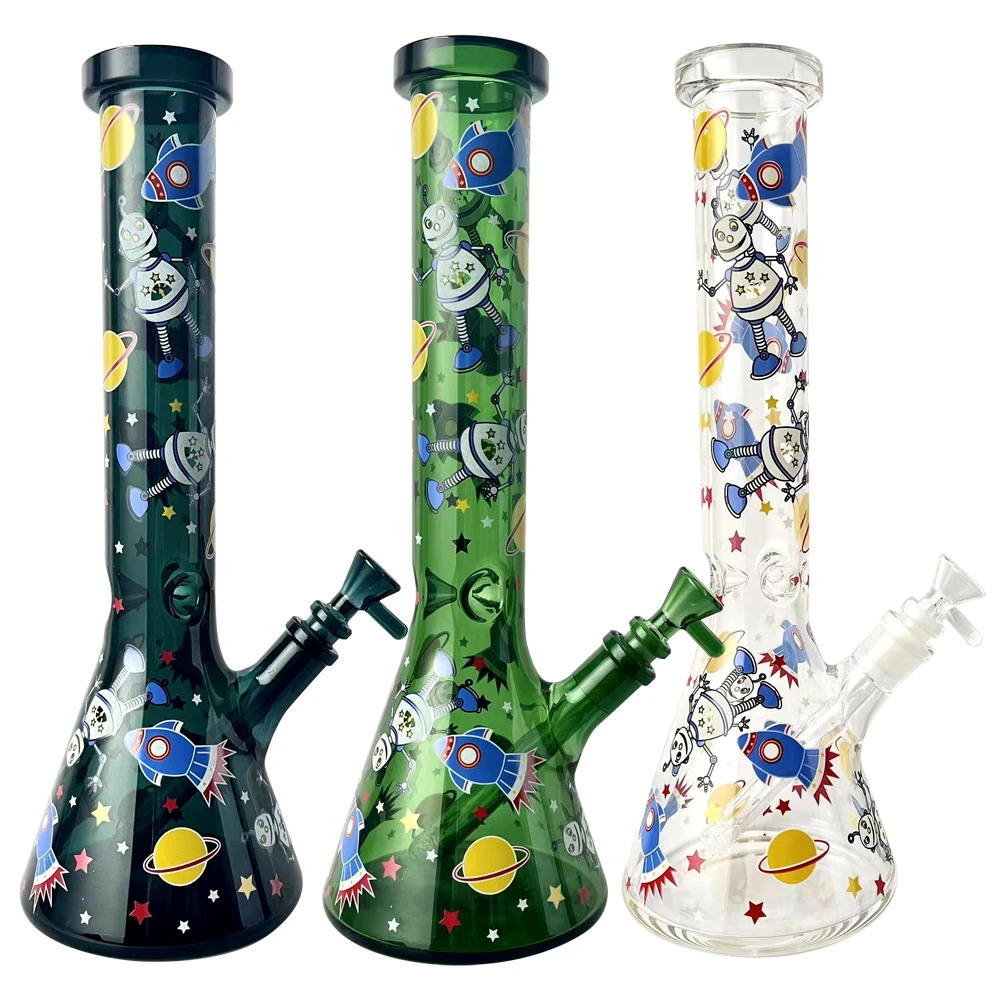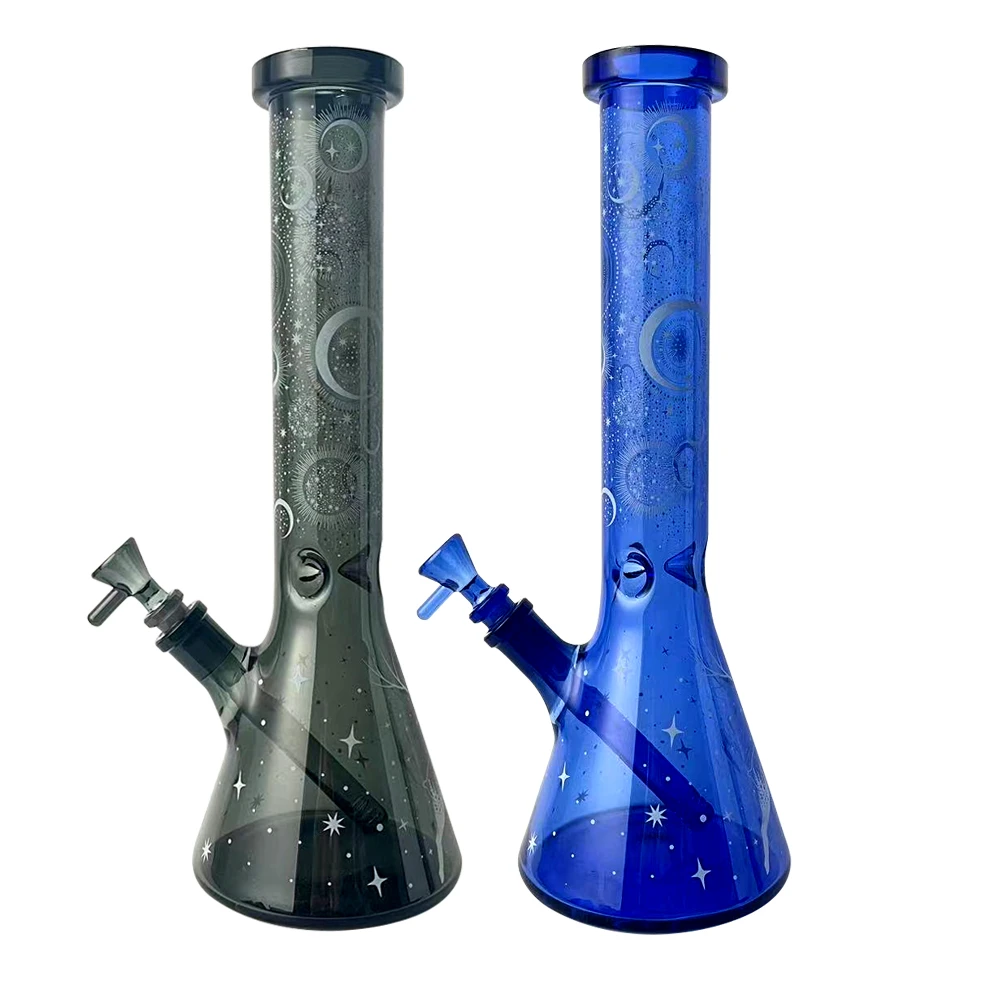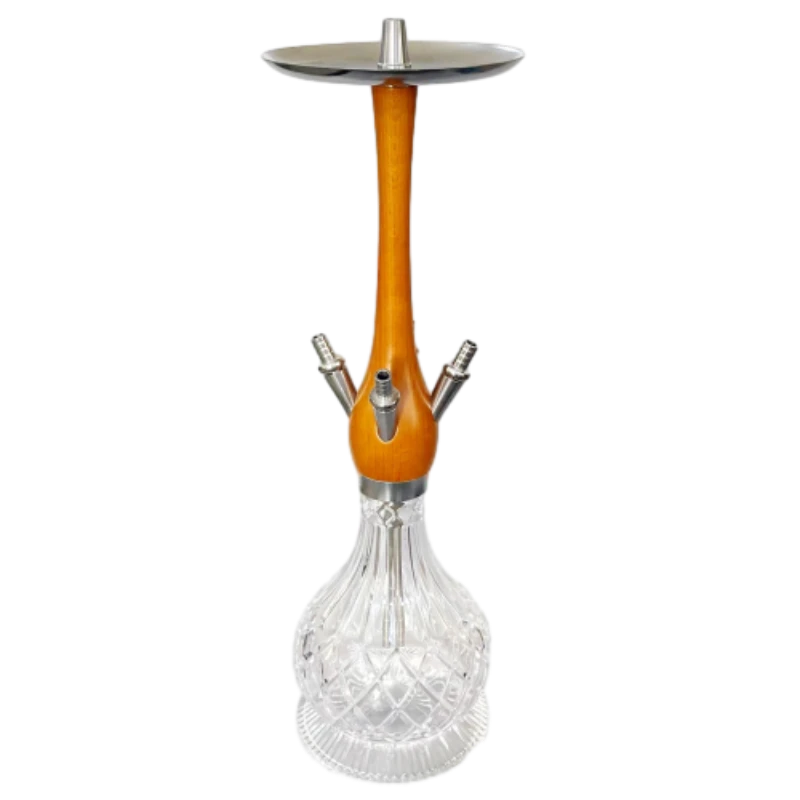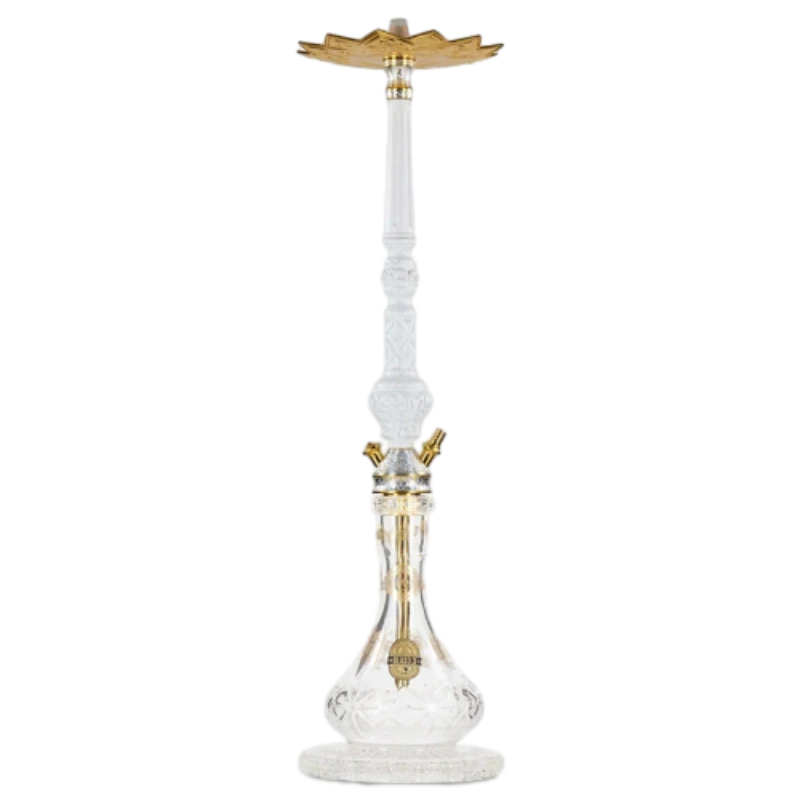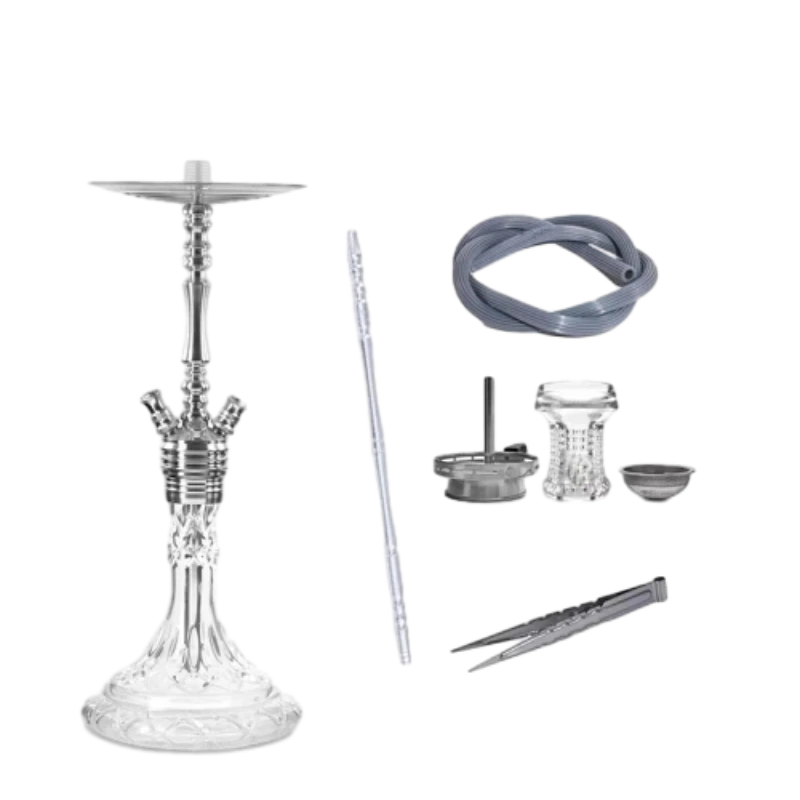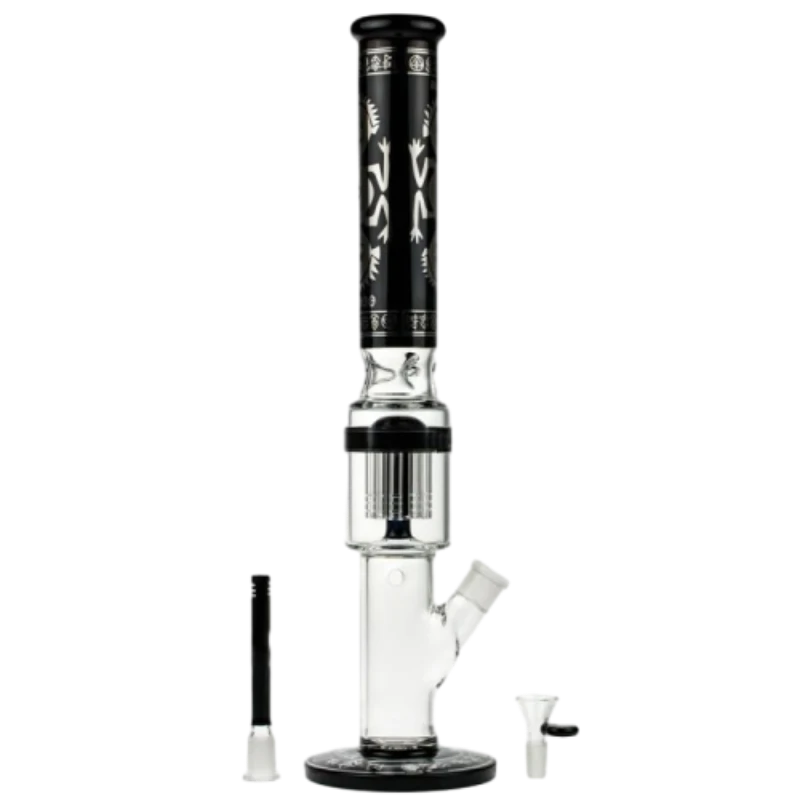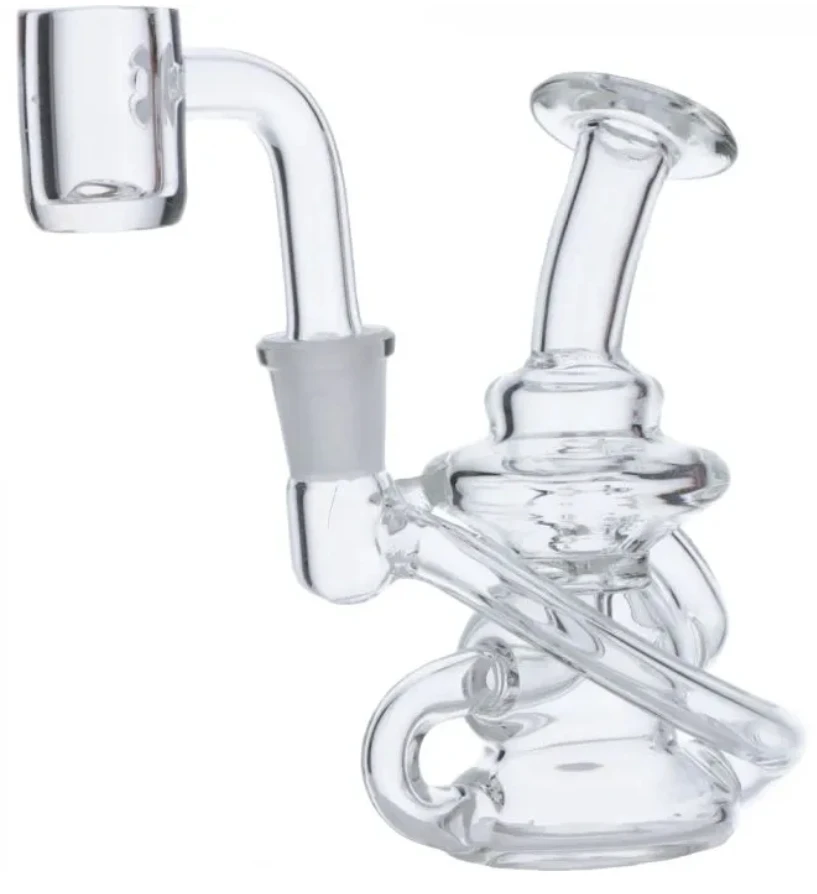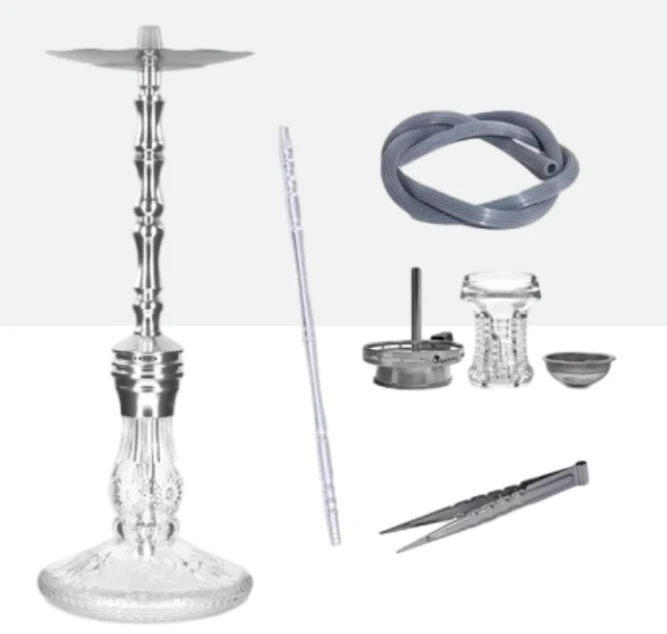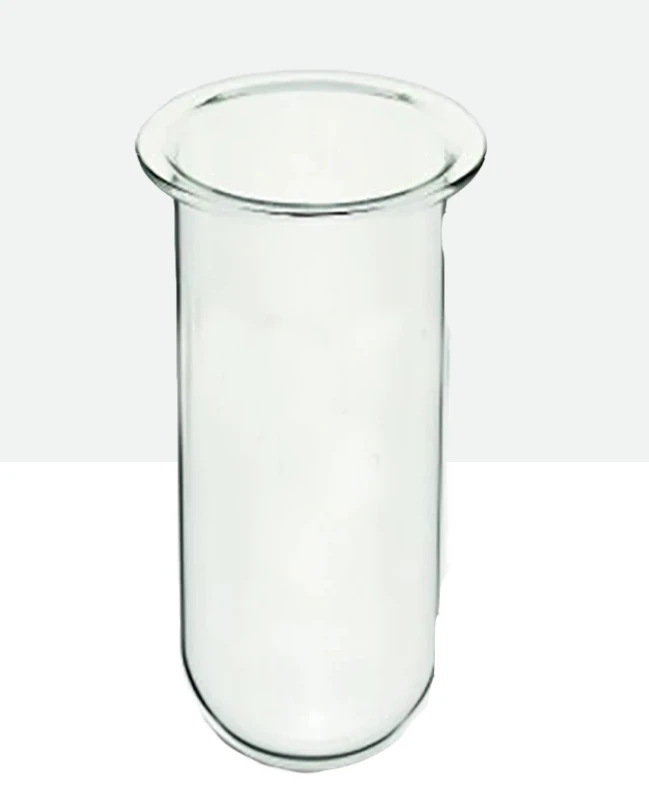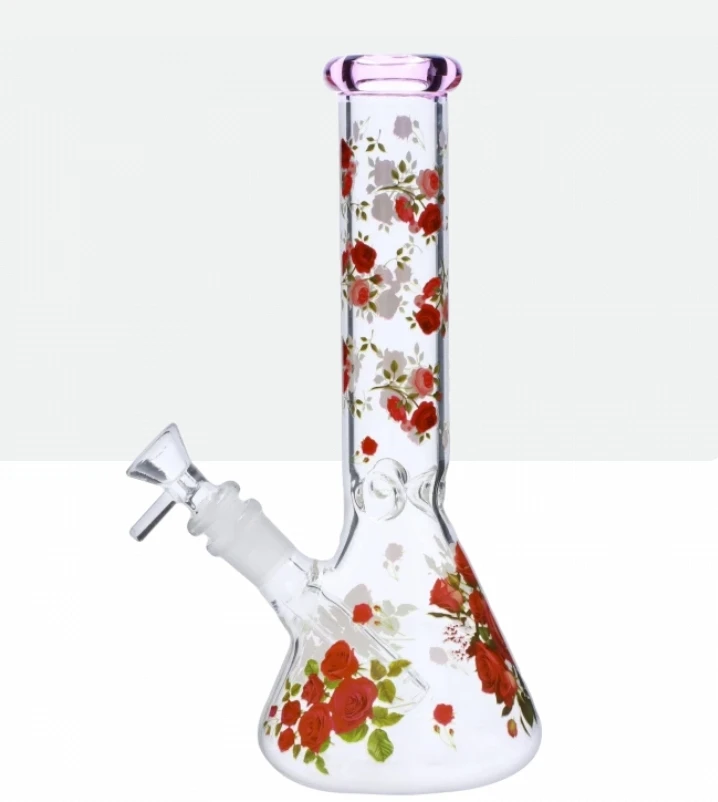- Introduction to 60w laser tube
and its pivotal role in modern laser equipment - Technical capabilities and breakthrough advantages of 60w CO2 laser tube
- Comparing major manufacturers: Performance and reliability table
- Customization options for unique project requirements
- Diverse industry applications and their success stories
- Troubleshooting and maintenance for longevity
- Conclusion: 60w laser tube – The future of precise laser solutions
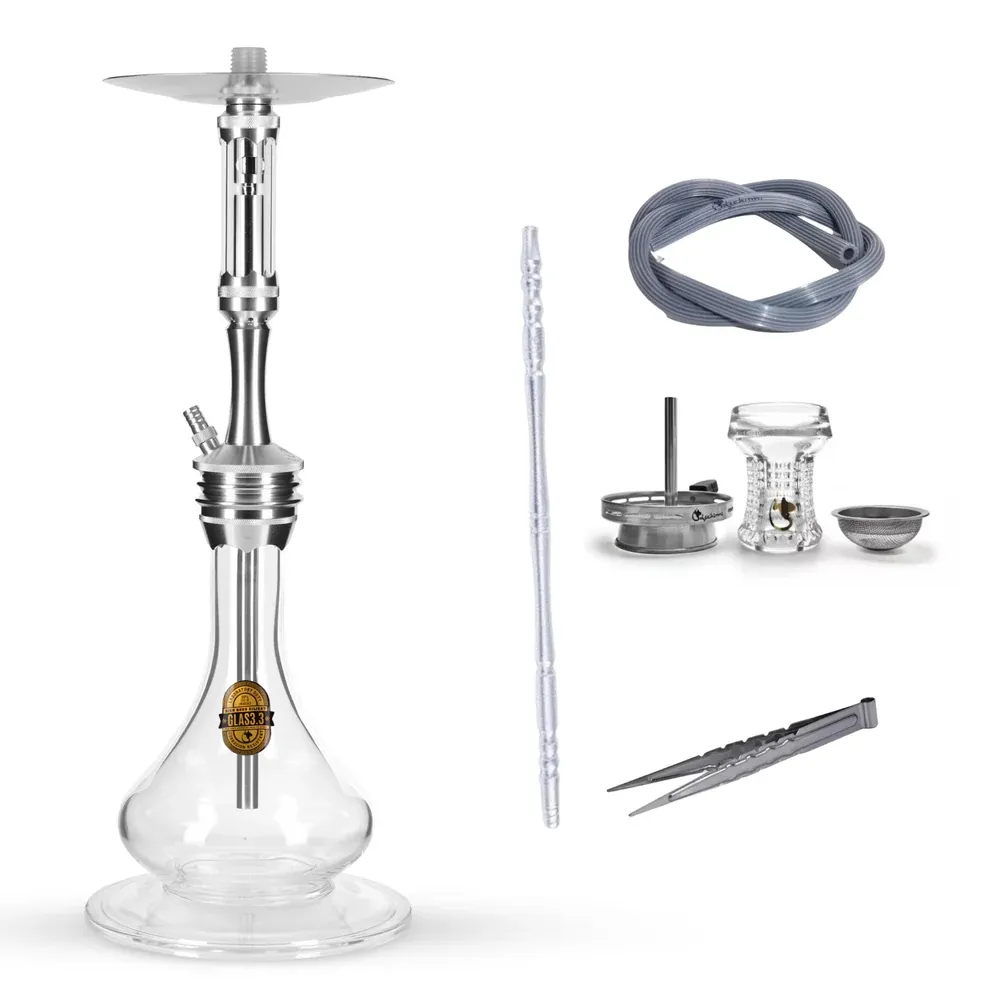
(60w laser tube)
Introduction: The Significance of 60w Laser Tube in Precision Engineering
With the rapid evolution of laser technology, the 60w laser tube has emerged as a cornerstone component for medium-power laser systems. Frequently adopted across fabrication, engraving, and academic research, this laser light tube delivers a balanced combination of power and efficiency. As industries consistently push the boundaries for precision and reliability, the role of a high-quality laser tube is more crucial than ever. Recent surveys indicate that nearly 38% of medium-scale laser cutting businesses upgraded to 60w tubes in 2023, signifying their growing reliance on this specification for cutting-edge results.
Whether retrofitting existing machinery or constructing new laser platforms, understanding the engineering behind CO2 laser tubes ensures optimized processes and maximum returns. Versatility, low operating cost, and proven track records make the 60w variant especially attractive in diverse settings, reaffirming its place at the heart of laser-powered applications.
Breakthrough Technical Capabilities of 60w CO2 Laser Tube
The advanced 60w CO2 laser tube marks a significant leap in photonics, offering an operational wavelength around 10,600 nm—perfect for non-metallic material processing. The internal optical quality, achieved through German-imported glass or high-purity quartz, supports continuous waveforms with a peak stability variance of less than 1.5%, even after 1,000 operational hours. A typical operating voltage ranges from 15-20 kV, with efficient water-cooling mechanisms ensuring sustained output and life expectancy that exceeds 5,000 hours under standard conditions.
Data reveals that the output beam diameter remains consistent at 2.5-3.0 mm, allowing for focused spot sizes under 0.2 mm in high-speed environments. This translates directly into cleaner cuts and sharper engraving details. Furthermore, the 60w tube's energy conversion efficiency has reached 14%, outpacing competitor wattages in its category. This not only reduces energy consumption but also helps maintain lower operational costs, underpinning its market appeal.
Manufacturer Comparison: Performance and Reliability Metrics
Selecting a laser tube provider is a decisive factor impacting equipment lifespan and performance. Below is a comparative analysis table of leading brands—SPT, Reci, Yongli, and EFR—evaluated by output stability, lifespan, and warranty support:
| Brand | Stable Output (hrs) | Estimated Lifespan (hrs) | Beam Consistency (%) | Warranty (months) | Support |
|---|---|---|---|---|---|
| SPT | ≥1,000 | 8,000 | 98.5 | 12 | Global, Multilingual |
| Reci | 950 | 8,500 | 98.7 | 12 | Asia, Europe Focused |
| Yongli | 900 | 7,500 | 97.8 | 9 | China, Southeast Asia |
| EFR | 920 | 7,800 | 98.0 | 10 | EU, Americas |
The figures underline the importance of material quality, production consistency, and aftersales support. With SPT and Reci often leading in extended warranties and global service networks, industrial buyers are advised to weigh both technical specs and long-term service accessibility before purchasing.
Tailored Solutions: Custom Modifications for Specialized Needs
Not all industrial environments are identical—hence, the need for custom laser tube solutions. Manufacturers now offer a spectrum of tailored modifications, ranging from length alterations (700 to 1,000 mm) to unique connector types and proprietary gas mixture ratios for exceptional wavelength fidelity. For instance, medical device fabricators requiring submicron precision benefit from tubes equipped with supplemental beam-focusing optics and nano-filtration inlets, extending tube life and consistency.
Clients in harsher climates can request additional outer coatings to fortify glass integrity against temperature fluctuations or industrial dust. An important trend is the rise of integrated smart sensors that monitor real-time tube health and usage stats, empowering predictive maintenance and minimizing unexpected downtimes. Consequently, bespoke tube configurations are transitioning from luxury to standard requirement in competitive, high-throughput settings.
Industry Applications: Laser Light Tube Impact Across Sectors
The utilization of the laser light tube spans across an impressive diversity of sectors—each driven by demands for cleaner cuts, faster throughput, and reliable operations:
- Advertising: Acrylic signage manufacturers achieve smoother edges and intricate designs, with average production rates increasing by 24% after adopting 60w systems.
- Textile Cutting: Automated conveyor-based fabric cutting reports up to 33% less fraying compared to traditional blades.
- Educational Labs: Universities deploy laser tubes for prototyping, benefiting from repeatable results and cost-efficient low-volume runs.
- Electronics: PCB manufacturers leverage precision for marking and micro-perforation, reducing reject rates by nearly 15%.
- Architectural Model Making: Consistent beam quality allows for detailed cardboard and wood cuts, supporting intricate architectural replicas.
One compelling case from a German automotive part supplier revealed that switching to a high-grade 60w CO2 laser tube reduced post-processing steps by more than 21%, directly impacting efficiency and annual revenue. These real-world scenarios underscore the transformative nature of optimized laser tube integration.
Maintenance and Troubleshooting: Maximizing Service Life
To ensure sustained performance, routine inspection and preventive maintenance are paramount. Recommended practices include weekly cleaning of the tube’s lens assembly, bi-annual coolant replacement, and monthly output recalibration. Failure rates plummet by upwards of 40% when such regimens are followed.
Common issues—such as decreasing power output or sudden beam divergence—are often tied to coolant flow obstruction or electrode wear. Modern tubes incorporate LED diagnostic aids, enabling technicians to pinpoint faults in under 20 minutes. Furthermore, OEMs frequently update firmware for embedded sensors, driving predictive analytics to forecast potential downtimes. Routine, data-driven maintenance extending the average usable lifespan of the laser light tube by 18-24 months compared to sporadic care.
Conclusion: 60w Laser Tube – The Future of Precise Laser Solutions
In sum, the 60w laser tube stands as a vital asset across industries seeking uncompromising precision, efficiency, and adaptability. Its blend of advanced engineering, proven market data, and evolving support options forge a compelling case for inclusion in any modern laser-driven operation. Manufacturers’ offerings evolve in tandem with user demands, heightening both technical capabilities and tailored service solutions.
As application domains diversify and performance benchmarks continue to rise, investing in a robust laser tube with strong aftersales infrastructure future-proofs your production network. Whether choosing standard models or customized variants, leveraging the emergent technology of the 60w CO2 laser tube ensures a decisive advantage in tomorrow’s precision manufacturing arena.
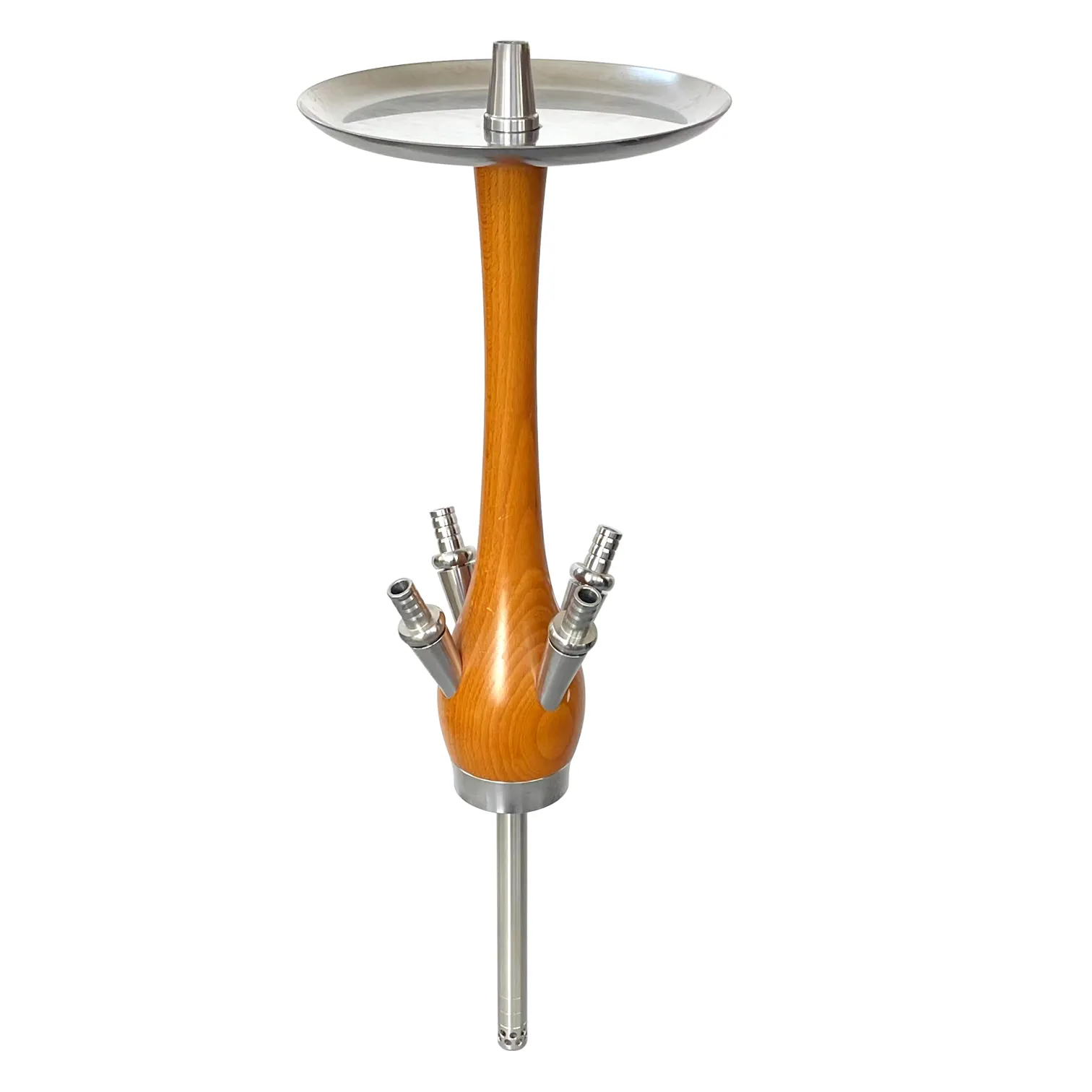
(60w laser tube)








